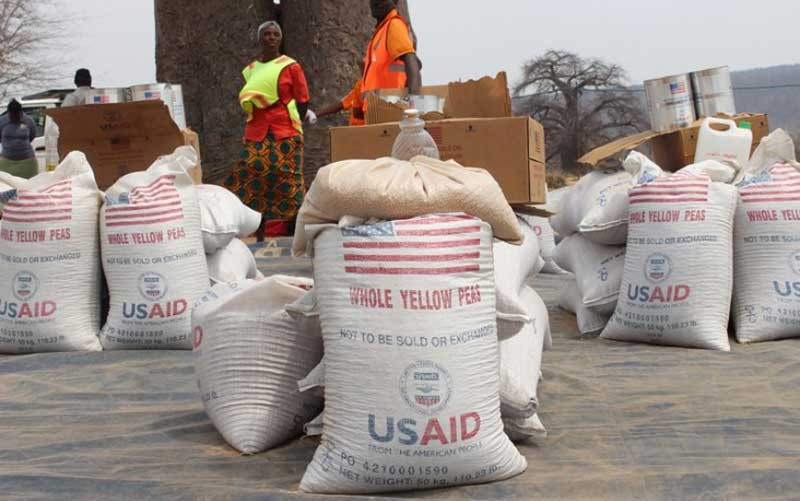
ZIMBABWE is among the world’s top 19 countries that face severe food shortages this year, the Food and Agriculture Organisation (FAO) has said.
FAO’s latest report released yesterday in collaboration with the World Food Programme (WFP) says Zimbabwe will face critical food shortages starting from October this year to January 2023 due to the country’s ailing economy and global conflicts.
The joint FAO/WFP statement came as the International Red Cross and Red Crescent Movement (ICRC) said it would distribute grain to nearly 2,5 million people in Zimbabwe in the last quarter to December this year as hunger hits the southern African nation.
A similar report by the World Bank early this week also adjudged Zimbabwe as the worst country in the world in terms of food price inflation.
FAO and WFP said Zimbabwe was one of the acute hunger hotspots in Africa, a situation that has been exacerbated by extreme weather conditions.
Some of the 19 countries mentioned as hunger hotspots include Afghanistan, Ethiopia, Nigeria, South Sudan, Somalia and Yemen.
“Extreme levels of mortality and malnutrition may unfold without immediate action. The hunger crisis in Africa, where the longest drought in over 40 years is forecast to continue with Guatemala joining Sri Lanka, Zimbabwe and Madagascar that remain hunger hotspots,” the FAO report read.
FAO director-general QU Dongyu said: “The severe drought in the Horn of Africa has pushed people to the brink of starvation, destroying crops and killing livestock on which their survival depends. Acute food insecurity is rising fast and spreading across the world.
- Mavhunga puts DeMbare into Chibuku quarterfinals
- Bulls to charge into Zimbabwe gold stocks
- Ndiraya concerned as goals dry up
- Letters: How solar power is transforming African farms
Keep Reading
“People in the poorest countries in particular who have yet to recover from the impact of the COVID-19 pandemic are suffering from the ripple effects of ongoing conflicts, in terms of prices, food and fertiliser supplies, as well as the climate emergency. Without a massively scaled up humanitarian response that has at its core time-sensitive and life-saving agricultural assistance, the situation will likely worsen in many countries in the coming months.”
Recently, a United Nations joint report on food security said the number of people facing starvation worldwide was expected to continue rising.
To avert hunger, the WFP will assist 560 000 people in Zimbabwe.
Public Service, Labour and Social Welfare minister Paul Mavima recently told NewsDay that the number of food insecure people in Zimbabwe for the 2022/23 consumption year had considerably gone up compared to the previous year.
“During the peak hunger period between January and March 2023, 38% of the rural population (approximately 3,8 million people will need emergency food assistance. This has increased from 27% from last season,” Mavima said.
A joint statement by the ICRC regional director for Africa, Patrick Yousseff and IFRC regional director for Africa, Mohammed Omer Mukhier, said about 146 million people in sub-Saharan Africa face acute food insecurity.
Follow us on Twitter @NewsDayZimbabwe










